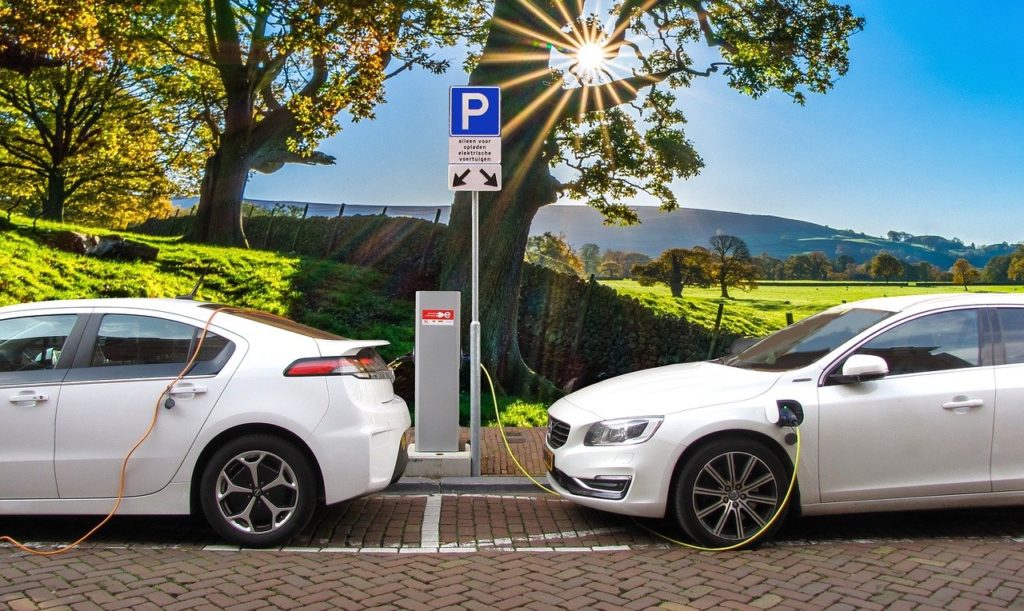EV Charging Station Levels and Rates
The world seems to be on the cusp of an EV-era, with nearly all major automakers preparing a slew of electric vehicles to be released in the coming years. As such, many drivers who haven’t yet dipped their toes in the electrical waters are going to have to start studying up on how the EV-lifestyle works. A good place to start is by finding out: what are the different types of EV chargers?
Currently, three main types of EV charging stations exist: Level 1, Level 2, and DC Fast.
Level 1
Level 1 EV charging is the term used when one plugs into a standard electrical outlet. This type of charging is convenient for home use, but slow: it provides about five miles of Range Per Hour (RPH). Level 1 charging is good for leaving your vehicle plugged in while you have it parked, such as overnight in your garage.
Level 2
Most public charging stations, and some home chargers, fall into the Level 2 category. As one might expect, Level 2 chargers are faster than Level 1. They can add 12 to 25 miles of Range Per Hour. The exact speed the battery charges at depends on the type of EV and the onboard charger it’s equipped with.
DC Fast
DC Fast chargepoints are significantly faster than both Level 1 and Level 2 chargers; they can deliver 100 RPH or more. This means that some EVs can get up to 80% charged in just 20 to 30 minutes. Obviously, DC Fast Chargers are great when you’re pressed for time.
Within the DC Fast charging umbrella, various power levels exist; higher power levels will charge your EV faster. Each station should be labelled with its power level.
Do different EVs charge at different speeds?
In addition to the charging station used, the rate at which an EV charges depends on the charging port of the EV. Not all EVs have a DC Fast charging port, and most Plug-In Electric Vehicles can only charge at Level 1 or Level 2. ‘
Note that even if you don’t have a port rated to charge at a certain level, you can still safely charge using that station. The vehicle will just limit itself to charging at the rate that it can handle.
Public EV charging networks
The UK has a large number of public EV charging networks – both national and regional. All public points require ad-hoc access, and most networks offer access via an app and/or RFID card. Contactless bank card access is common on rapid chargers.
Charging at home
Charging at home is often the most convenient and cost-effective way to recharge an EV. Government grants are available for the installation of home EV charge points, which are typically rated at 3 kW or 7 kW.
Charging at work
Charging an EV at work can be a convenient way to add range to a car whilst it’s parked up during working hours. As fleets switch to electric vehicles, it will become increasingly important for businesses to offer EV charge points.
Charging on-street
Home EV charging is often the most convenient and cost-effective way to recharge an EV, but off-street parking isn’t available to all. On-street residential EV charging offers a solution to those wanting to run an electric car, but park overnight on-street.
